
Glaucoma - A Comprehensive Guide
Sjögren’s (“SHOW-grins”) syndrome is an autoimmune disease that affects the entire body. It’s more common in women than men - with a female: male ratio of 9:1.
It mainly affects individuals between the ages of 40 and 60 (with the disease most frequently occurring in people around 50).
It affects glands that secrete fluid - such as your tear and salivary glands (leading to dry eyes and mouth). Other symptoms include fatigue and joint pain - but it can also affect your organs’ function (kidneys, intestines, blood vessels, lungs, liver, pancreas, or central nervous system). There is also an increased chance of developing lymphoma.
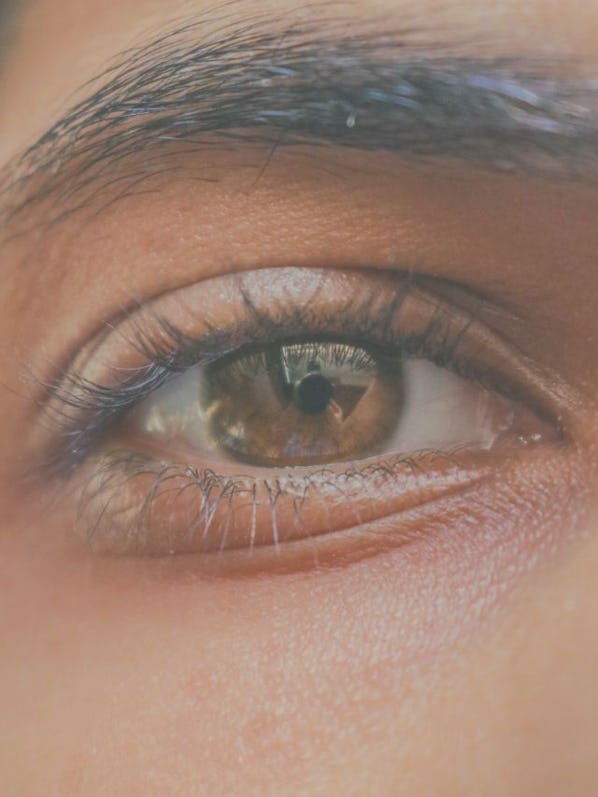
The exact cause of Sjögren’s syndrome is not known. Still, it is believed to be a combination of genetic, environmental, and hormonal factors:
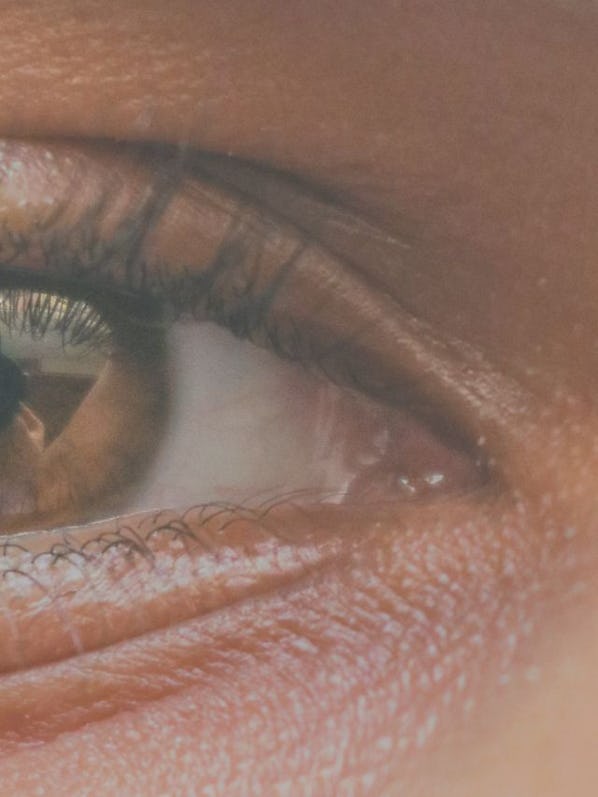
Overall, Sjögren’s syndrome is a complex and multifactorial disease whose exact cause is not fully understood.
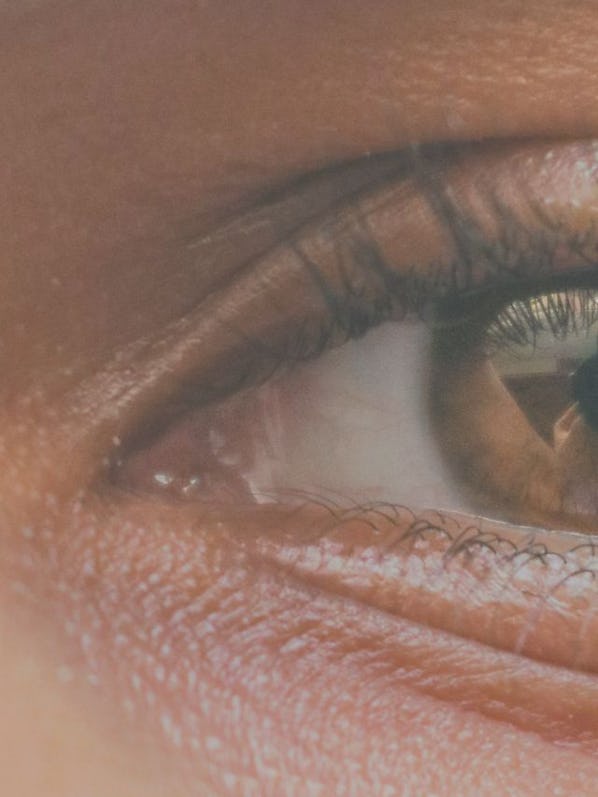
Including concentration/memory loss, “brain fog”, dysautonomia, peripheral neuropathy, Raynaud’s syndrome and headaches.
Dry eyes, corneal ulcerations and infections. Preservative-free eye drops and sprays can help with these symptoms.
Including a dry nose, recurrent sinusitis and nosebleeds.
A dry mouth with mouth sores, dental decay, difficulty chewing, speech, and dentures. Swollen, painful parotid and salivary glands. Difficulty swallowing, heartburn, reflux and oesophagitis.
Recurrent bronchitis, interstitial lung disease, and pneumonia.
Joint and muscle pain, including arthritis.
Abnormal liver function tests, chronic active autoimmune hepatitis and primary biliary cholangitis.
Stomach upset, gastroparesis, irritable bowel, autoimmune gastrointestinal dysmotility.
Interstitial cystitis, interstitial nephritis including renal tubular acidosis, glomerulonephritis, and autoimmune pancreatitis. Vaginal dryness, vulvodynia, chronic prostatitis, autoimmune pancreatitis, fatigue, vasculitis, lymphoma, dry skin and skin sensitivity to UV light.
In some cases, lifestyle changes can help with specific symptoms - such as fatigue and gastrointestinal reflux. Over-the-counter products can help with dry eye and mouth symptoms.
No single medicine has been conclusively proven to slow the progression of Sjögren’s syndrome or treat all aspects of the disease. Several different types of medications are used to manage symptoms:
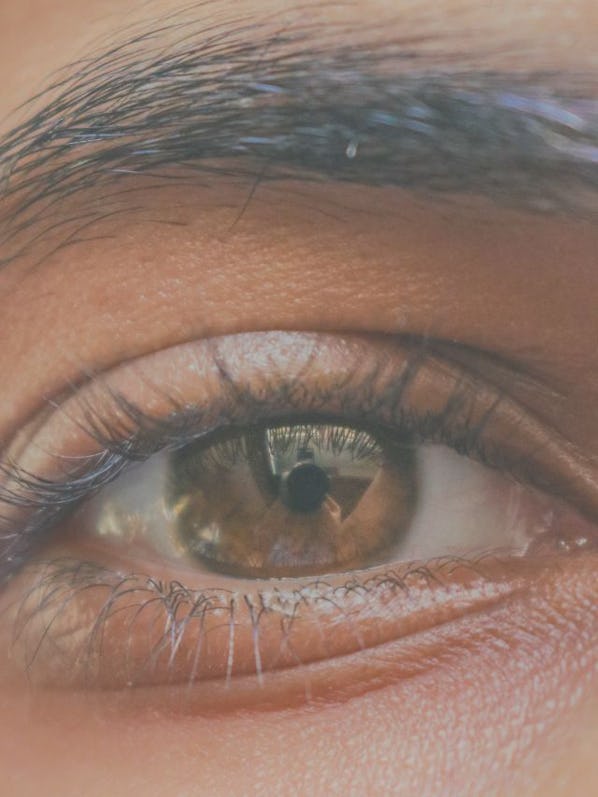
Air travel can intensify dry eye symptoms for people with Sjögren’s Syndrome. The low humidity levels in aeroplane cabins can cause more rapid evaporation of the tear film, leading to increased dryness and discomfort. Prolonged exposure to digital screens, air conditioning, and reduced blink rates during flights can further exacerbate these symptoms.
To manage dry eye symptoms during a flight, follow our prevention tips (click the link below), such as using lubricating eye drops, staying hydrated, and taking breaks from screens. Also, speak to your eye specialist - they may suggest specific treatments, medications, or precautions for a more comfortable flying experience.
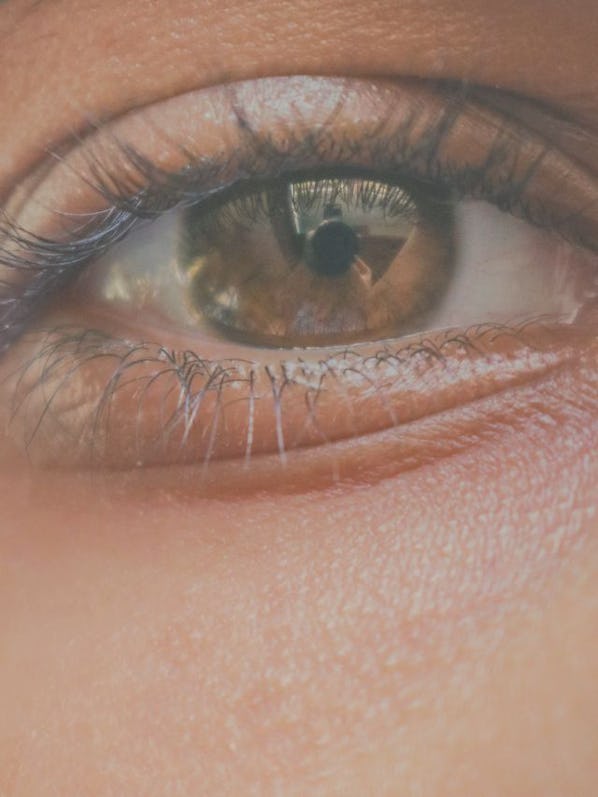
There is no single test that confirms the diagnosis of Sjögren’s syndrome. Specialist doctors (normally rheumatologists) use several tests to diagnose Sjögren’s syndrome:

Sjögren’s Syndrome is an autoimmune disease primarily affecting the body’s moisture-producing glands, including the tear and salivary glands. According to estimates, over 90% of people with Sjögren’s Syndrome suffer from dry eyes, making it one of the most prevalent and noticeable symptoms associated with the disorder. It is quite common for individuals with Sjögren’s Syndrome to experience dry eyes. In fact, dry eyes and mouth are this condition’s hallmark symptoms.
The primary eye-related symptom of Sjögren’s Syndrome is dry eyes, known as keratoconjunctivitis sicca. This condition is characterized by reduced tear production and can lead to various other symptoms, such as:
Tears play a crucial role in maintaining the health and comfort of the eyes, as they lubricate the ocular surface, remove debris, and help prevent infection. Sjögren’s Syndrome affects the eyes by attacking the lacrimal glands responsible for producing tears. When the immune system mistakenly targets these glands, they become inflamed, reducing tear production. Insufficient tear production disrupts the delicate balance of the eye, causing discomfort and increasing the risk of eye complications.
Several treatment options are available to manage dry eyes caused by Sjögren’s Syndrome. These may include:
While Sjögren’s Syndrome primarily causes discomfort and irritation in the eyes, it can potentially lead to more severe complications if left untreated. Chronic dry eyes can cause the eye’s surface to become more vulnerable to infections and abrasions. In severe cases, untreated, dry eye may result in corneal damage or even vision loss. Therefore, it is crucial to seek appropriate medical care and closely follow the treatment plan provided by your eye specialist.
Diagnosing Sjögren’s Syndrome-related eye problems usually involves a comprehensive eye exam by an ophthalmologist or optometrist in conjunction with a patient’s medical history, symptoms, and other diagnostic tests. Some of the tests include: